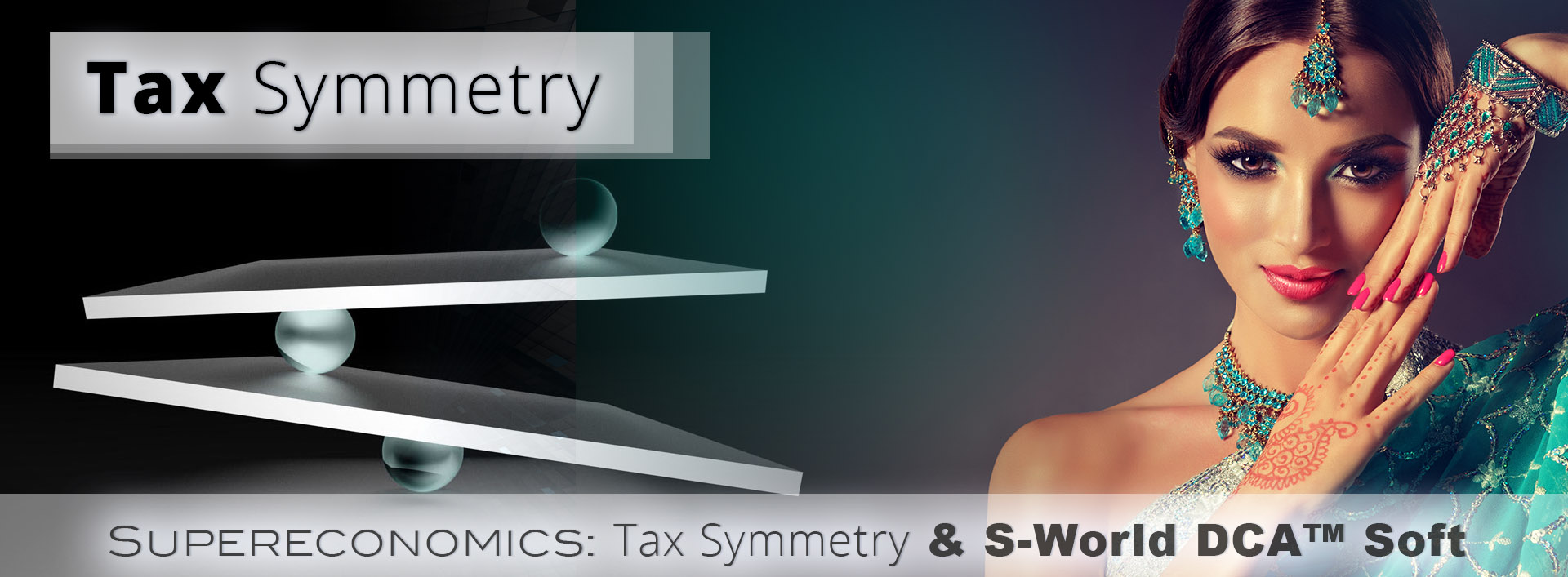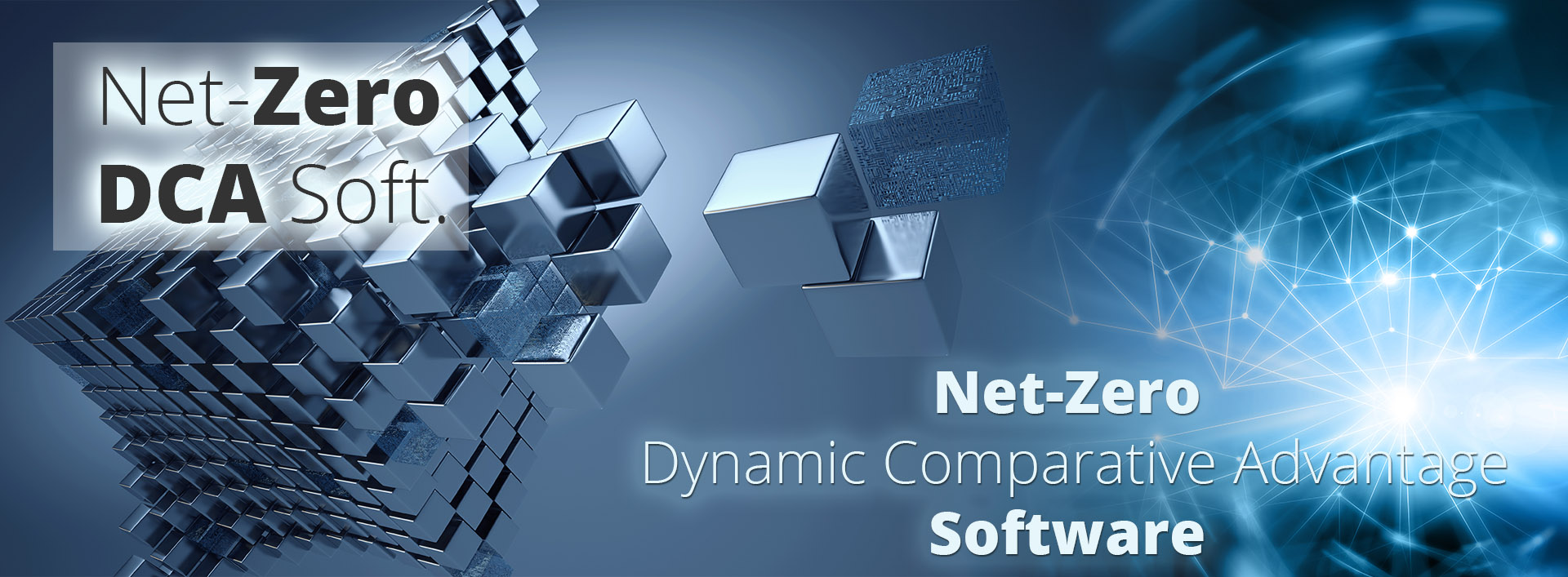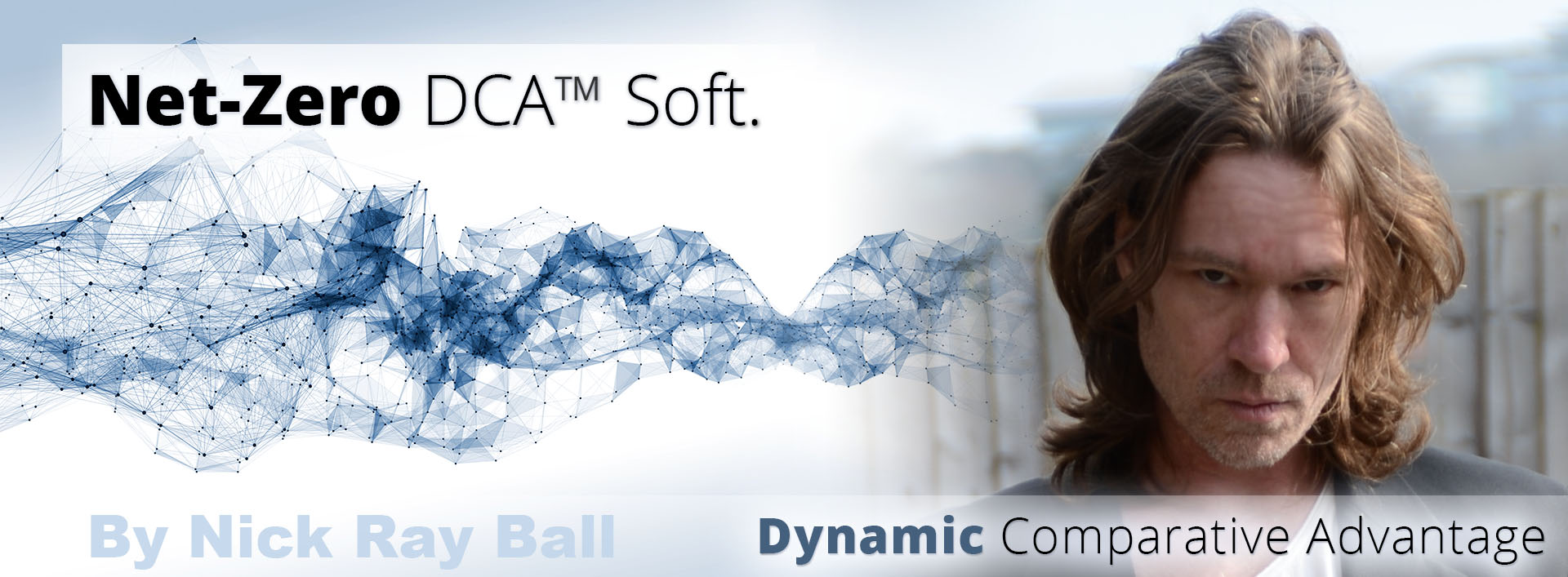American Butterfly (Jan 2012 to Mid 2013)
1. The Theory of Every Business — (Jan to Sep 2012)
2. Spiritually Inspired Software — (Quantum Economics) — Oct 2012
3. The Network on a String — (Superstring Economics) — Nov 2012 to Jan 2013
4. The Butterfly — Utterly Incomplete and Very Rough — Jan to Apr 2013
MARS Resort 1 — The Return of ŔÉŚ — For Elon Musk — Oct 2017
Ripple Effects and Elephants for Paul G Allen — Jan 2018
The Villa Secrets Secret — 2014 to 2017
Complete Book — PDF
Online Version — Summary
Chapter 1.1.6 — S-Web — Our Solution
Chapter 2. The S-World Villa Secrets Network
Chapter 3. Mandates - Mandates - Mandates and Prestige Marketing
Chapter 4. The CDS — Content Distribution System
Chapter 6. The CRM Nudge AI™
Chapter 7. The TFS™ – Total Financial System
Chapter 8. Villa Secrets Property Managers and Owners
Chapter 9. S-World CRM-CC ™- The Company Controller
Chapter 10. S-World UCS™ Hawthorne
Angel Theory — Foundational Ideas — 2016
A New Theory of Everything for Michael Green — March 2016
M-System 3 — The Susskind Boost — March 2016
M-Systems 4 — The Peet Tent — March 2016 to 2017
M-Systems 14 — Angel Cities — May 2016
M-Systems 1 to 14 — Aug 1st 2016
M-Systems 1 to 8 — Aug 2016
S-World Angel Theory — The Sienna Foundation — Inspiration — Sep 2016
S-World — Experience Africa — Oct 2016
S-World dot biz and American Butterfly — Nov 2016
M-System 14 — Angel Cities and Special Projects — Nov 24th 2016
From M-Theory to M-Systems — Dec 2016
Angel Theory — Book — 2017 to 2021
M-Systems & Angel City 5 — The Movie — Aug 1st 2017
The E-TOE — The Economic Theory of Everything — Nov 2017
A Love Story and Theory of Everything — Nov 24th 2017
Ripple Effects and Elephants for Paul G Allen — Jan 2018
Angel Theory — The Economic Theory of Everything — Books — Feb 2018
Angel Theory — Paradigm Shift — April 2018
Supereconomics Book 2 — Š-ŔÉŚ™ Financial Engineering — 2012 to Feb 2020
Supereconomics Book 3 — 64 Reasons Why — Summary — 2019 to Feb 2020
Supereconomics Book 2 — S-RES and The City — May 2021
M-Systems — A More Creative Capitalism — 2016 to 2018
Inspiration — Bill Gates Harvard Commencement Speech — 2007
Ripple Effects and Elephants for Paul G Allen — Jan 2018
UCS™ History 1 - POP Super Coupling — The Green Symmetry — Feb 2018
A More Creative Capitalism — Summary — Apr 2018
A More Create Capitalism — A Good Model — Theoretical Physics — June 2018
A More Create Capitalism — Book — Apr to Oct 2018
S-World UCS™ Hawthorne — For Richard Thaler & David Hoffeld — June 2018
S-World BES™ — Behavioural Economic Systems — Malawi FC — July 2018
The Rodrik Conjecture with Ed Witten & Stephen Hawking — Aug 2018 (& July 2021)
A More Creative Capitalism — Chapter 4. The ŔÉŚ Equation — Oct 2018
Growth Theory versus Climate Change (The Elephant in the Room) — Nov 24 2018
The Momenent of Lift — A Message for Melinda French Gates — May 18 2021
American Butterfly 2012 — My First Economics Book in Four Parts — 2012 to 2013
Book 1 — The Theory of Every Business — Apr to Sep 2012
Book 1 — Ch 7 — T5. S-World VSN — S-World — Siennas World — Aug 2012
Book 1 — Ch 8 — T6. S-World UCS — In Game — (S-RES 1) — Sep 2012
Book 2 — Spiritually Inspired Software — Oct to Nov 2012
Book 2 — Ch 1 — The Entangled Butterfly (The PQS) — Oct 2012
Book 2 — Ch 1g — Predictive Quantum Software — Oct 2012
Book 2 — Ch 2 — To Infinity and Back Again — Nov 2012
Book 2 — Ch 3 — Strings of Life — (S-RES 2) — Oct 2012
Book 3 — The Network On A String — Dec 2012
Book 3 — Ch 3 — Quantum Spin & the RES ⇔ Equation — (S-RES 3) — Dec 2012
Book 4 — A SWOT Analysis and The Butterfly — Jan to Apr 2013
Angel Theory — 2015 to 2017
AngelTheory.org
M-System 3. The Susskind Boost — Mar to May 2016
M-System 14 — Plus the Right Side Bar Menu — 25th May 2016
S-World Angel Theory — Inspiration — The Sienna Foundation — 9 Sep 2016
Dr Amanda Peet — From M-Theory to M-Systems — Dec 2016 to Jan 2017
An Introduction to M-Systems — 11 Apr 2017
★ M-Systems and Angel City 5 — The Movie — 1 Aug 2017
★ The E-TOE — An Economic Theory of Everything — IN 7 PARTS — Nov 2017
★ M-Systems — A Love Story and Theory of Everything — 24 Nov 2017
A More Creative Capitalism 1 — For Bill Gates — Mar 2016 to July 2018
The Susskind Boost (Ŝ) M-System 3 | 7★ | T2 T8 T10 (27 Mar 2016 - 10 Jun 2021)
The PQS — Predictive Quantum Software — 1st August 2016
M-Systems — A Digital Theory of Everything — 4 Dec 2016 to 10 Apr 2017
M-System 15 — Angel POP & The E-TOE — 18 Aug 2017
Angel Theory — Paradigm Shift — Out of Chaos — Aug to Nov 2017
Angel City 5 — The Movie — 1 Aug 2017
M-Systems Summary — MARS Resort 1 — RES — Trustees — 3 Nov 2017
M-Systems & Special Projects — A Love Story and Theory of Everything — 24 Nov 2017
Ripple Effects and Elephants for Paul G. Allen — 30 Jan 2018
A More Creative Capitalism for Bill & Melinda Gates — Summary — 24 Apr to 26 Jun 2018
A More Creative Capitalism for Bill Gates — Theoretical Physics Summary — 28 Jul 2018
A More Creative Capitalism 2 — For Bill Gates — 9 Jun to 24 Nov 2018
A More Creative Capitalism for Bill & Melinda Gates — Book — 1 Aug to 20 Oct 2018
S-World UCS Hawthorne — For Richard Thaler — 9 to 20 Jun 2018
S-World BES - Behavioural Economic Systems — 20 Jul 2018
The Rodrik Conjecture — 31 Aug 2018 to 2 Jul 2021
Chapter 4. The RES Equation — 23 Sep to 19 Oct 2018
Growth Theory - Climate Change and Charter Cities — 12 to 21 Nov 2018
Growth Theory versus Climate Change — 24 Nov 2018
Supereconomics (SuEc) — 2018 to 2020
www.SuperEconomics.Ai — Supereconomics is SuEc — 2018 to 2020
★ Angel Theory - Paradigm Shift — Summary — 2018
AT Paradigm Shift — ŔÉŚ Supereconomics — 29 May 2018
AT Paradigm Shift — A Good Model — The ŔÉŚ Equation — 10 Oct 2018
SuEc Book 3 Sixty-Four Reasons Why — Summary — Aug 2019 to Feb 2020
★ SuEc 3 Sixty-Four Reasons Why — Summary — For Kate Raworth — Feb 2020
★ SuEc Book 2 — THE HOW — Š-ŔÉŚ™ Financial Engineering — Feb 2020
SuEc Book 3 - Sixty-Four Reasons Why — 2020
SuEc Book III (09.91) — 64 Reasons Why — Complete Book — Dec 2018 to Oct 2020
SuEc Book III (10.50) — 64 Reasons Why — Summary — Sep 2019 to Mar 2020
(10.50) Summary — Part 1 — THE WHAT — S-World Angelwing Introduction
(10.50) Summary — Part 1 — THE HOW — Š-ŔÉŚ Financial Engineering
(10.50) Summary — Part 3 — A Good Model & The Feynman Sum Over Histories
(10.50) Summary — Part 4 — Internalities and Net Zero DCA
(10.50) Summary — Part 5a — Special Projects 1 to 33
(10.50) Summary — Part 5b — Special Projects 34 to 71
SuEc Book III (11.44) — 64 Reasons Why — BASIC — 24 Nov 2020 to 18 Feb 2021
S-RES Foundational Ideas — 2012 to 2016
AB 1 — Chapter 7 — Sienna’s World — S-World
AB 1 — Chapter 8 — S-World Universal Colonization Simulator — 2012
AB 2 — Chapter 1. The Entangled Butterfly — 2012
AB 2 — Chapter 3 — Strings of Life — 2012
AB 2 — Chapter 3 — Part 12. Quantum Force Theory (RES) — 2012
AB 3 — Chapter 3 — Quantum Force Theory, Spin & the RES ⇔ Equation — 2012
The Susskind Boost (Ŝ) M-System 3 — 2016
The PQS — Predictive Quantum Software — M-Systems 1 to 14 — Aug 1st 2016
A Digital Theory of Everything — M-Systems 1 to 8 — Aug 2016
M-System 10. RES — The Clinton-Trump Equation — 2016
The E-TOE Chapter 2 — The flap of A Butterfly’s Wings — Dec 13 2017
09.60__ The ŔÉŚ Equation — High-Octane Financial Engineering — Jan 2019
RES Video 25 — RES v4.14 - Manual Display - Ad Libbed — Dec 27 2022
RES Video 27) RRT and ŔÉŚ Software Design Summary — Jan 13 2019
S-RES Foundational Ideas — 2017
M-Systems - Sixteen One Page Illustrated Summaries — Jan 2017
M Systems — A Digital Theory of Everything — Apr 2017
The E-TOE Chapter 2 — The Flap of a Butterfly’s Wings — 2017
The E-TOE Chapter 3 — The Network on a String — Nov 15 2017
The E-TOE Chapter 4 — Super Coupling — Nov 19 2017
The E-TOE Chapter 5 — Quantum Time — Nov 19 2017
The E-TOE Chapter 6 — Relative Equality — Nov 19 2017
The S-World UCS™ M-Systems — 24 Nov 2017
M-Theory to M-Systems — A Love Story and Theory of Everything — Nov 24 2017
An Ecological and Philanthropic Theory of Everything plus Space — Nov 24 2017
S-WORLD
.png)
- START
-
Books 1
- S-World 2011 to 2021 — Books and Papers Index — Mid 2021
- American Butterfly (Jan 2012 to Mid 2013)
- 1. The Theory of Every Business — (Jan to Sep 2012)
- 2. Spiritually Inspired Software — (Quantum Economics) — Oct 2012
- 3. The Network on a String — (Superstring Economics) — Nov 2012 to Jan 2013
- 4. The Butterfly — Utterly Incomplete and Very Rough — Jan to Apr 2013
- MARS Resort 1 — The Return of ŔÉŚ — For Elon Musk — Oct 2017
- Ripple Effects and Elephants for Paul G Allen — Jan 2018
- The Villa Secrets Secret — 2014 to 2017
- Complete Book — PDF
- Online Version — Summary
- Chapter 1.1.6 — S-Web — Our Solution
- Chapter 2. The S-World Villa Secrets Network
- Chapter 3. Mandates - Mandates - Mandates and Prestige Marketing
- Chapter 4. The CDS — Content Distribution System
- Chapter 6. The CRM Nudge AI™
- Chapter 7. The TFS™ – Total Financial System
- Chapter 8. Villa Secrets Property Managers and Owners
- Chapter 9. S-World CRM-CC ™- The Company Controller
- Chapter 10. S-World UCS™ Hawthorne
- Angel Theory — Foundational Ideas — 2016
- A New Theory of Everything for Michael Green — March 2016
- M-System 3 — The Susskind Boost — March 2016
- M-Systems 4 — The Peet Tent — March 2016 to 2017
- M-Systems 14 — Angel Cities — May 2016
- M-Systems 1 to 14 — Aug 1st 2016
- M-Systems 1 to 8 — Aug 2016
- S-World Angel Theory — The Sienna Foundation — Inspiration — Sep 2016
- S-World — Experience Africa — Oct 2016
- S-World dot biz and American Butterfly — Nov 2016
- M-System 14 — Angel Cities and Special Projects — Nov 24th 2016
- From M-Theory to M-Systems — Dec 2016
- Angel Theory — Book — 2017 to 2021
- M-Systems & Angel City 5 — The Movie — Aug 1st 2017
- The E-TOE — The Economic Theory of Everything — Nov 2017
- A Love Story and Theory of Everything — Nov 24th 2017
- Ripple Effects and Elephants for Paul G Allen — Jan 2018
- Angel Theory — The Economic Theory of Everything — Books — Feb 2018
- Angel Theory — Paradigm Shift — April 2018
- Supereconomics Book 2 — Š-ŔÉŚ™ Financial Engineering — 2012 to Feb 2020
- Supereconomics Book 3 — 64 Reasons Why — Summary — 2019 to Feb 2020
- Supereconomics Book 2 — S-RES and The City — May 2021
- M-Systems — A More Creative Capitalism — 2016 to 2018
- Inspiration — Bill Gates Harvard Commencement Speech — 2007
- Ripple Effects and Elephants for Paul G Allen — Jan 2018
- UCS™ History 1 - POP Super Coupling — The Green Symmetry — Feb 2018
- A More Creative Capitalism — Summary — Apr 2018
- A More Create Capitalism — A Good Model — Theoretical Physics — June 2018
- A More Create Capitalism — Book — Apr to Oct 2018
- S-World UCS™ Hawthorne — For Richard Thaler & David Hoffeld — June 2018
- S-World BES™ — Behavioural Economic Systems — Malawi FC — July 2018
- The Rodrik Conjecture with Ed Witten & Stephen Hawking — Aug 2018 (& July 2021)
- A More Creative Capitalism — Chapter 4. The ŔÉŚ Equation — Oct 2018
- Growth Theory versus Climate Change (The Elephant in the Room) — Nov 24 2018
- The Momenent of Lift — A Message for Melinda French Gates — May 18 2021
- SuEc Book 2 — THE HOW — Š-ŔÉŚ™
-
Websites
- Cape Villas.com — 2000
- Experience Africa.com — 2009
- The Spartan Theory — Badly Presented but Good Ideas — 2011
- American Butterfly.org — 2012 to 2013
- Angel Theory — 2016 to 2019
- Super Economics.ai — 2020 to 2021
- S-Web™ 5.1 Websites — Part 1 — 2022
- S-Web™ 5.1 Websites — Part 2 — 2022
- For S-Web™ 5.2 Websites — See t10t.org Dropdown — 2022
- T1. S-Web.org — (Login Required) — 2022
- The 10 Technologies — (Login Required) — 2022
- Nick Ray Ball.com — 2022
-
Economics
- American Butterfly 2012 — My First Economics Book in Four Parts — 2012 to 2013
- Book 1 — The Theory of Every Business — Apr to Sep 2012
- Book 1 — Ch 7 — T5. S-World VSN — S-World — Siennas World — Aug 2012
- Book 1 — Ch 8 — T6. S-World UCS — In Game — (S-RES 1) — Sep 2012
- Book 2 — Spiritually Inspired Software — Oct to Nov 2012
- Book 2 — Ch 1 — The Entangled Butterfly (The PQS) — Oct 2012
- Book 2 — Ch 1g — Predictive Quantum Software — Oct 2012
- Book 2 — Ch 2 — To Infinity and Back Again — Nov 2012
- Book 2 — Ch 3 — Strings of Life — (S-RES 2) — Oct 2012
- Book 3 — The Network On A String — Dec 2012
- Book 3 — Ch 3 — Quantum Spin & the RES ⇔ Equation — (S-RES 3) — Dec 2012
- Book 4 — A SWOT Analysis and The Butterfly — Jan to Apr 2013
- Angel Theory — 2015 to 2017
- AngelTheory.org
- M-System 3. The Susskind Boost — Mar to May 2016
- M-System 14 — Plus the Right Side Bar Menu — 25th May 2016
- S-World Angel Theory — Inspiration — The Sienna Foundation — 9 Sep 2016
- Dr Amanda Peet — From M-Theory to M-Systems — Dec 2016 to Jan 2017
- An Introduction to M-Systems — 11 Apr 2017
- ★ M-Systems and Angel City 5 — The Movie — 1 Aug 2017
- ★ The E-TOE — An Economic Theory of Everything — IN 7 PARTS — Nov 2017
- ★ M-Systems — A Love Story and Theory of Everything — 24 Nov 2017
- A More Creative Capitalism 1 — For Bill Gates — Mar 2016 to July 2018
- The Susskind Boost (Ŝ) M-System 3 | 7★ | T2 T8 T10 (27 Mar 2016 - 10 Jun 2021)
- The PQS — Predictive Quantum Software — 1st August 2016
- M-Systems — A Digital Theory of Everything — 4 Dec 2016 to 10 Apr 2017
- M-System 15 — Angel POP & The E-TOE — 18 Aug 2017
- Angel Theory — Paradigm Shift — Out of Chaos — Aug to Nov 2017
- Angel City 5 — The Movie — 1 Aug 2017
- M-Systems Summary — MARS Resort 1 — RES — Trustees — 3 Nov 2017
- M-Systems & Special Projects — A Love Story and Theory of Everything — 24 Nov 2017
- Ripple Effects and Elephants for Paul G. Allen — 30 Jan 2018
- A More Creative Capitalism for Bill & Melinda Gates — Summary — 24 Apr to 26 Jun 2018
- A More Creative Capitalism for Bill Gates — Theoretical Physics Summary — 28 Jul 2018
- A More Creative Capitalism 2 — For Bill Gates — 9 Jun to 24 Nov 2018
- A More Creative Capitalism for Bill & Melinda Gates — Book — 1 Aug to 20 Oct 2018
- S-World UCS Hawthorne — For Richard Thaler — 9 to 20 Jun 2018
- S-World BES - Behavioural Economic Systems — 20 Jul 2018
- The Rodrik Conjecture — 31 Aug 2018 to 2 Jul 2021
- Chapter 4. The RES Equation — 23 Sep to 19 Oct 2018
- Growth Theory - Climate Change and Charter Cities — 12 to 21 Nov 2018
- Growth Theory versus Climate Change — 24 Nov 2018
- Supereconomics (SuEc) — 2018 to 2020
- www.SuperEconomics.Ai — Supereconomics is SuEc — 2018 to 2020
- ★ Angel Theory - Paradigm Shift — Summary — 2018
- AT Paradigm Shift — ŔÉŚ Supereconomics — 29 May 2018
- AT Paradigm Shift — A Good Model — The ŔÉŚ Equation — 10 Oct 2018
- SuEc Book 3 Sixty-Four Reasons Why — Summary — Aug 2019 to Feb 2020
- ★ SuEc 3 Sixty-Four Reasons Why — Summary — For Kate Raworth — Feb 2020
- ★ SuEc Book 2 — THE HOW — Š-ŔÉŚ™ Financial Engineering — Feb 2020
- SuEc Book 3 - Sixty-Four Reasons Why — 2020
- SuEc Book III (09.91) — 64 Reasons Why — Complete Book — Dec 2018 to Oct 2020
- SuEc Book III (10.50) — 64 Reasons Why — Summary — Sep 2019 to Mar 2020
- (10.50) Summary — Part 1 — THE WHAT — S-World Angelwing Introduction
- (10.50) Summary — Part 1 — THE HOW — Š-ŔÉŚ Financial Engineering
- (10.50) Summary — Part 3 — A Good Model & The Feynman Sum Over Histories
- (10.50) Summary — Part 4 — Internalities and Net Zero DCA
- (10.50) Summary — Part 5a — Special Projects 1 to 33
- (10.50) Summary — Part 5b — Special Projects 34 to 71
- SuEc Book III (11.44) — 64 Reasons Why — BASIC — 24 Nov 2020 to 18 Feb 2021
- SuEc Book 2 - Š-ŔÉŚ and The City — 27 Dec 2018 to 9 Apr 2021
- SuEc Book 2 - Š-ŔÉŚ Videos — 2019 to 2021
- SuEc Book 2 - Š-ŔÉŚ™2021—⌂≥ÉL
- SuEc Book 1. The 10 Technologies — 2022
- American Butterfly 2012 — My First Economics Book in Four Parts — 2012 to 2013
-
t10t
- T10T.org — The 10 Technologies
- T1. S-Web™ — Everything Online — Home of 60,000x
- T2. The TBS™ — Total Business Systems
- T3. Networks and Distribution — Villa Secrets Networks
- T4. S-World Film — Film | Music | PR | Behavioral Sciences
- T5. S-World VSN™ — Virtual Social Network
- T6. S-World UCS™ — Gamify the Network
- T7. Š-ŔÉŚ™2021—⌂≥ÉL — Determined (Monopoly) Economics
- T8. Net-Zero DCA Soft — Dynamic Comparative Advantage
- T9. Grand Śpin Networks — S-World Cities
- T10. 10x Our Future — S-World Angelwing Combinatorial as-if AGI
- The 10 Technologies — Advanaced
- S-World — Sienna's World — Main Presentation Website
-
T7 S-RES
- S-RES Foundational Ideas — 2012 to 2016
- AB 1 — Chapter 7 — Sienna’s World — S-World
- AB 1 — Chapter 8 — S-World Universal Colonization Simulator — 2012
- AB 2 — Chapter 1. The Entangled Butterfly — 2012
- AB 2 — Chapter 3 — Strings of Life — 2012
- AB 2 — Chapter 3 — Part 12. Quantum Force Theory (RES) — 2012
- AB 3 — Chapter 3 — Quantum Force Theory, Spin & the RES ⇔ Equation — 2012
- The Susskind Boost (Ŝ) M-System 3 — 2016
- The PQS — Predictive Quantum Software — M-Systems 1 to 14 — Aug 1st 2016
- A Digital Theory of Everything — M-Systems 1 to 8 — Aug 2016
- M-System 10. RES — The Clinton-Trump Equation — 2016
- The E-TOE Chapter 2 — The flap of A Butterfly’s Wings — Dec 13 2017
- 09.60__ The ŔÉŚ Equation — High-Octane Financial Engineering — Jan 2019
- RES Video 25 — RES v4.14 - Manual Display - Ad Libbed — Dec 27 2022
- RES Video 27) RRT and ŔÉŚ Software Design Summary — Jan 13 2019
- S-RES Foundational Ideas — 2017
- M-Systems - Sixteen One Page Illustrated Summaries — Jan 2017
- M Systems — A Digital Theory of Everything — Apr 2017
- The E-TOE Chapter 2 — The Flap of a Butterfly’s Wings — 2017
- The E-TOE Chapter 3 — The Network on a String — Nov 15 2017
- The E-TOE Chapter 4 — Super Coupling — Nov 19 2017
- The E-TOE Chapter 5 — Quantum Time — Nov 19 2017
- The E-TOE Chapter 6 — Relative Equality — Nov 19 2017
- The S-World UCS™ M-Systems — 24 Nov 2017
- M-Theory to M-Systems — A Love Story and Theory of Everything — Nov 24 2017
- An Ecological and Philanthropic Theory of Everything plus Space — Nov 24 2017
- S-RES — MARS Resort 1 - The Return of RES — 2017
- S-RES Development — 2017 to 2019
- S-RES Foundational Ideas — 2012 to 2016
-
Cape Villas™
- CapeVillas.com — Website Homepage
- Cape Villas™ — CEO Nick Ray Ball — Contact
- Cape Villas™ — Best of Cape Town — Portfolio Page
- Cape Villas™ — Best of Africa — Villas and Safaris Portfolio Page
- Cape Villas™ — Villas by World Leading Architect Stefan Antoni
- Cape Villas™ — Private-Islands
- Cape Villas™ — Cape Town Villas Near the Beach
- Supereconomics (SuEc) Book 3 Sixty-Four Reasons Why — Summary — Aug 2019 to 2020
- Cape Villas™ — 1999 to 2022
.jpg)
.jpg)
.jpg)

.jpg)

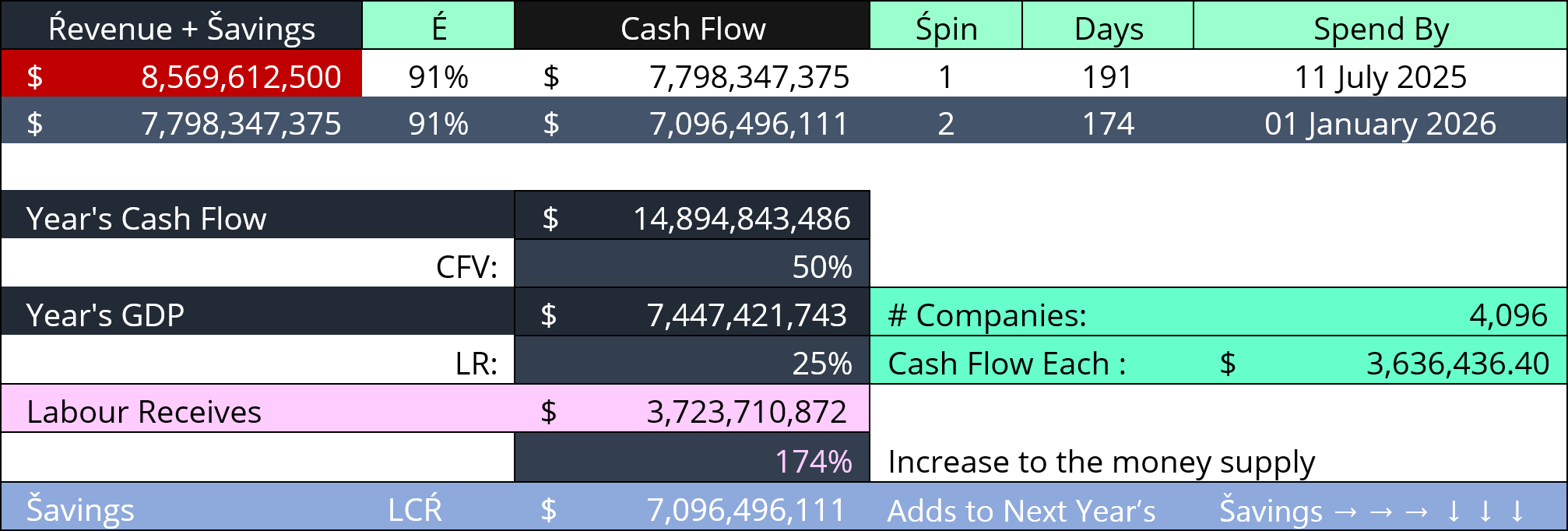 On the 12th of July, the cash flow remaining in the bank, now $7.75 billion is again distributed to the now 4,096 companies averaging $3.63 million each, to be spent before the end of the year, again with an É of 91%. At which point $7.09 billion remains in the network central bank and it converted to Š (savings) in 2026.
On the 12th of July, the cash flow remaining in the bank, now $7.75 billion is again distributed to the now 4,096 companies averaging $3.63 million each, to be spent before the end of the year, again with an É of 91%. At which point $7.09 billion remains in the network central bank and it converted to Š (savings) in 2026.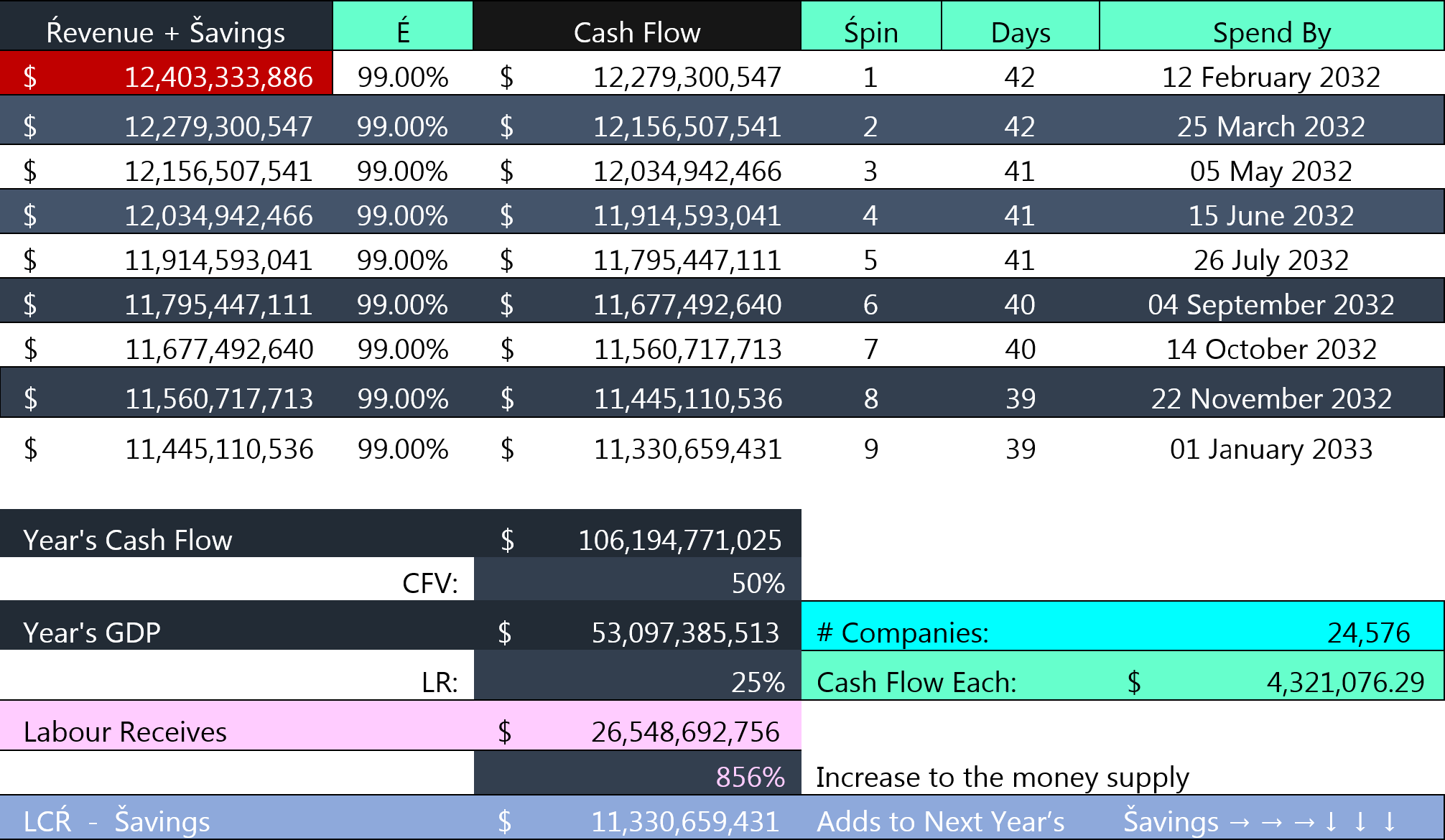 Note the Spend By Dates, the initial cash flow is spent in the first 42 days, the second Śpin is also 42 days then; 41, 41, 41, 40, 40, 39, 39 days. Eight Śpins generating $106 billion in cash flow, and about half that in GDP.
Note the Spend By Dates, the initial cash flow is spent in the first 42 days, the second Śpin is also 42 days then; 41, 41, 41, 40, 40, 39, 39 days. Eight Śpins generating $106 billion in cash flow, and about half that in GDP.
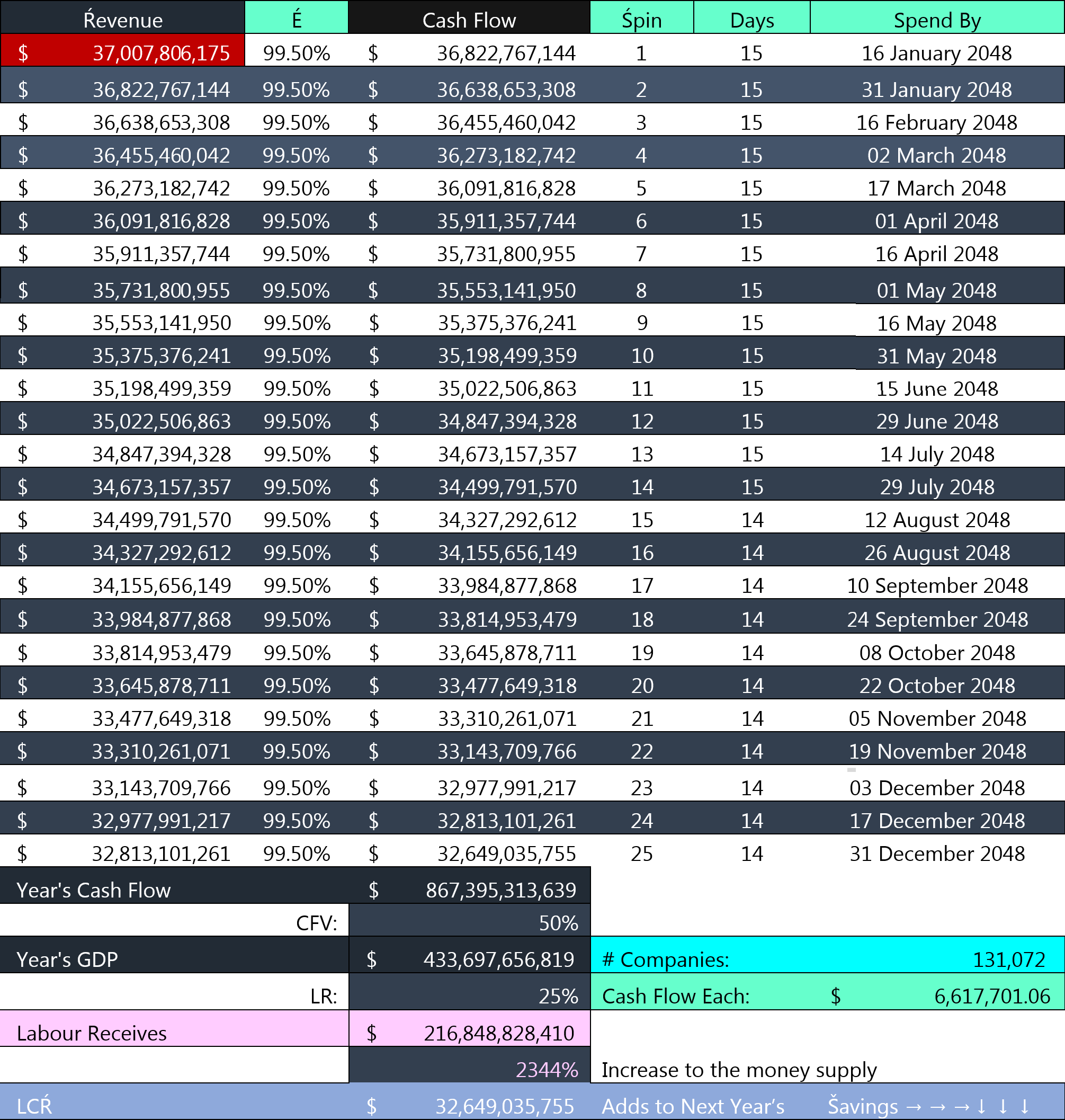
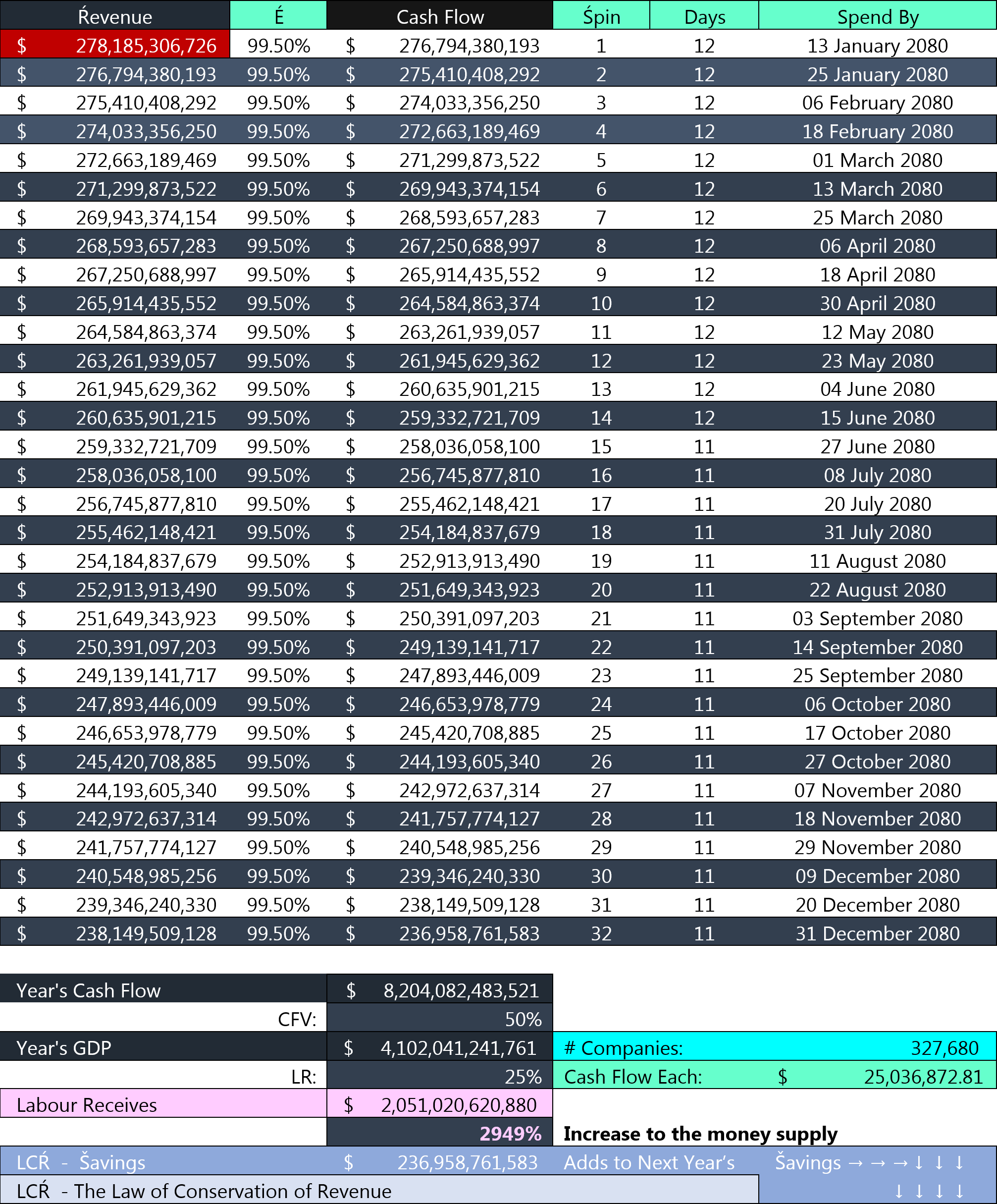
.gif)

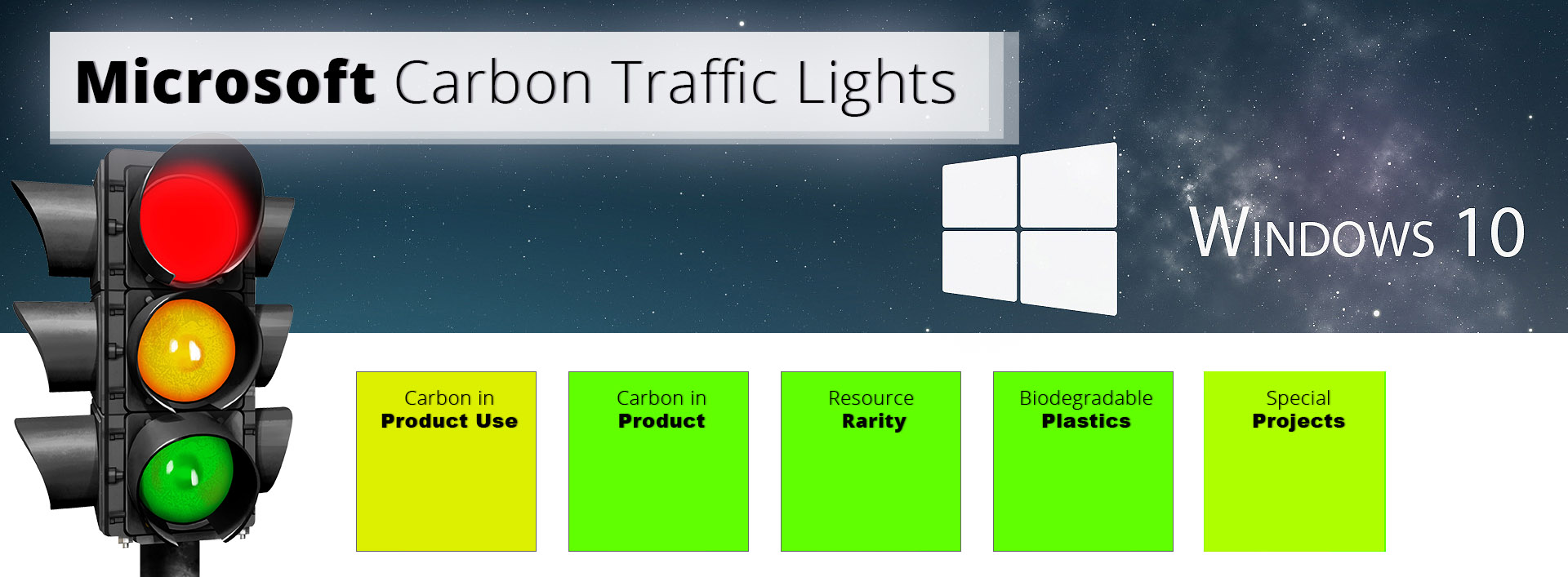
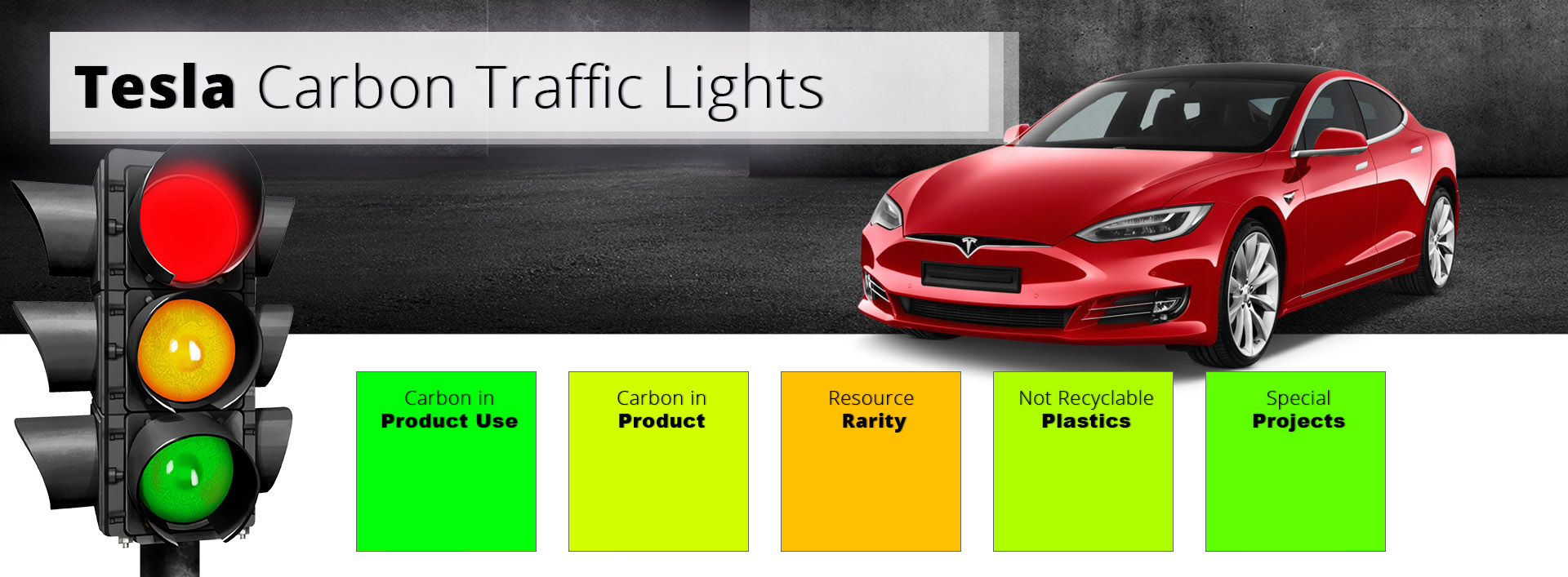
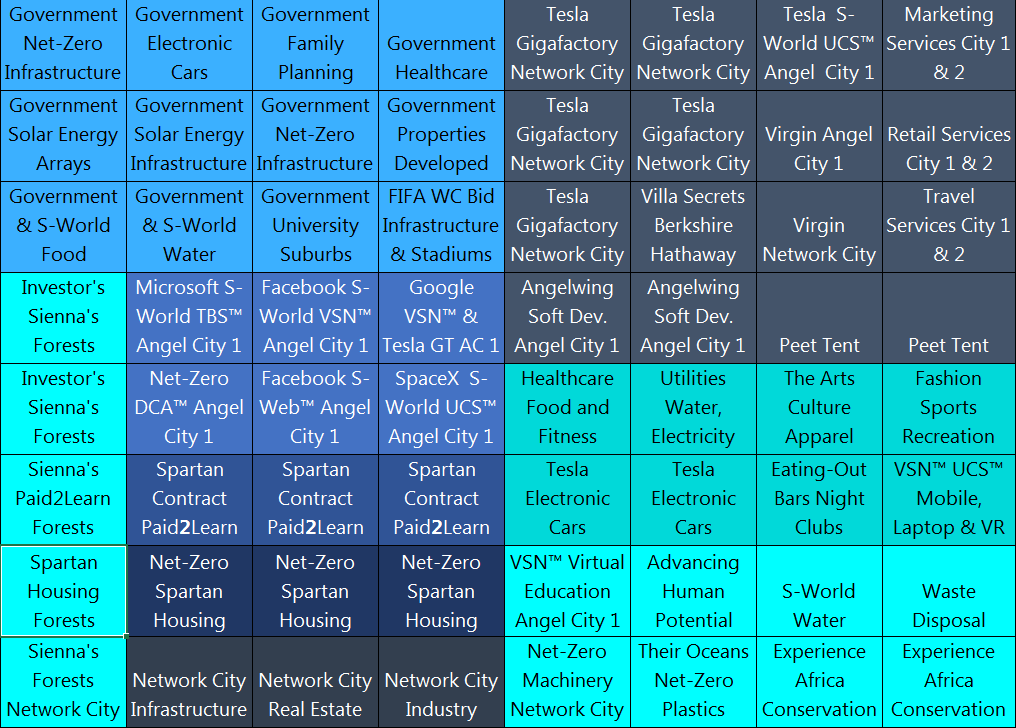
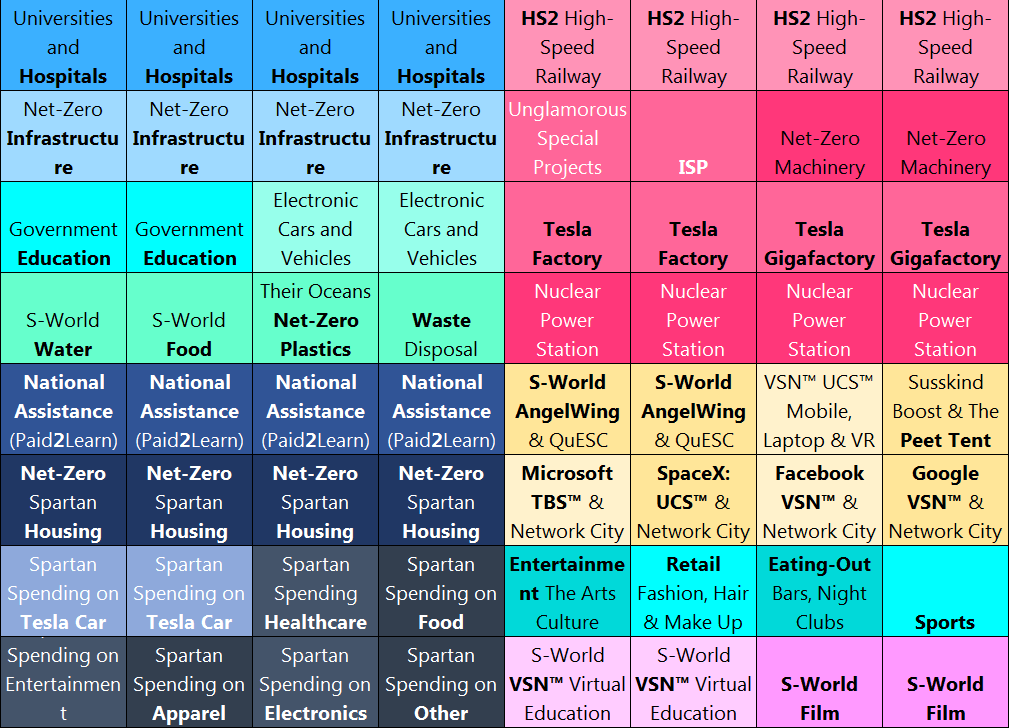
.gif)
.jpg)
